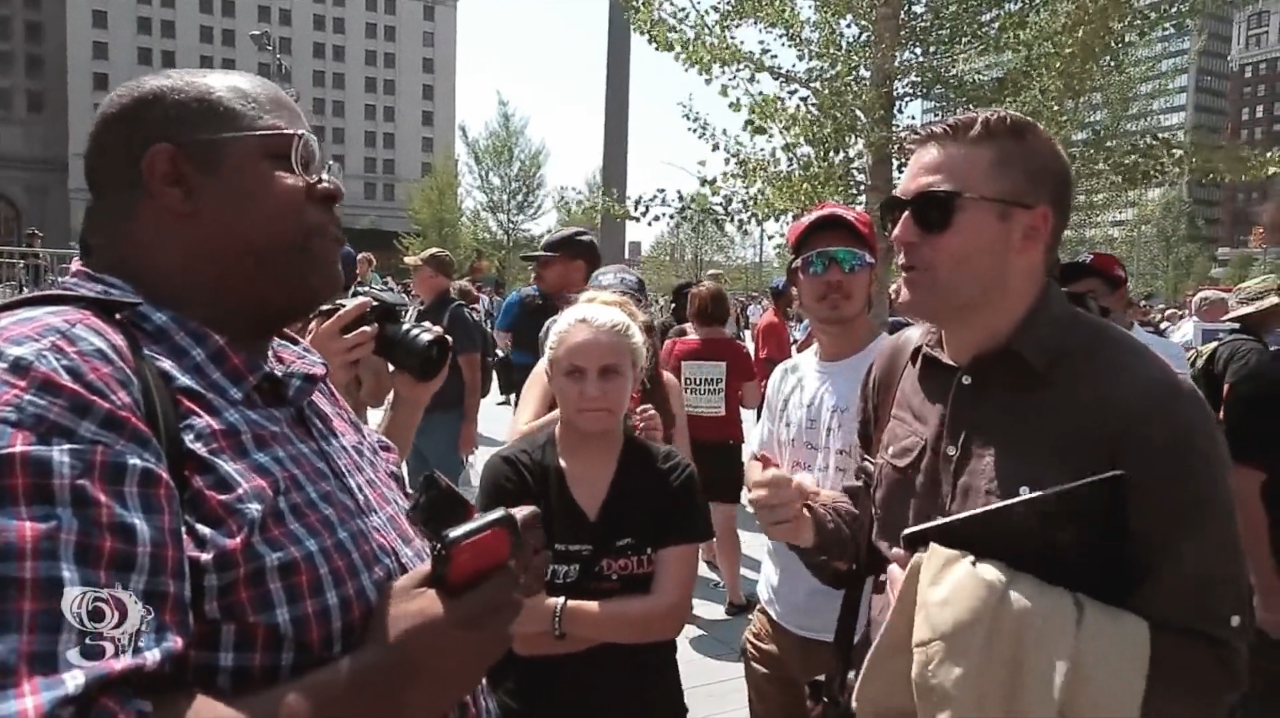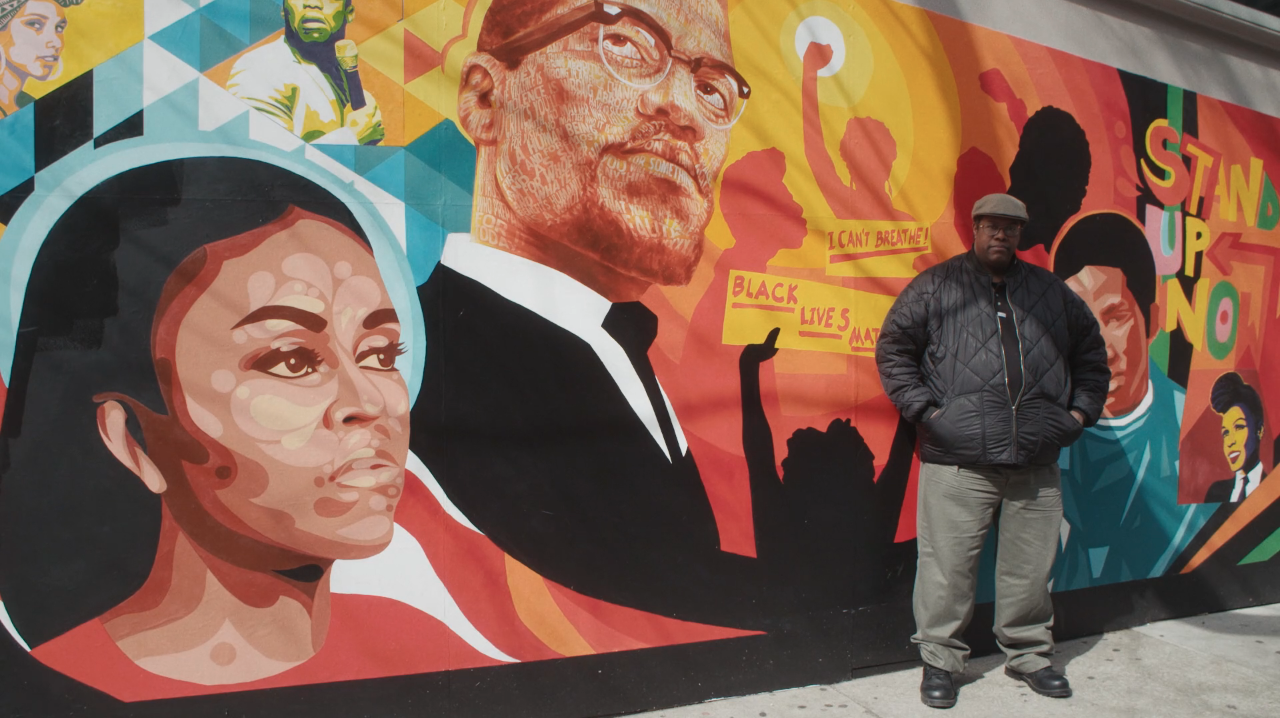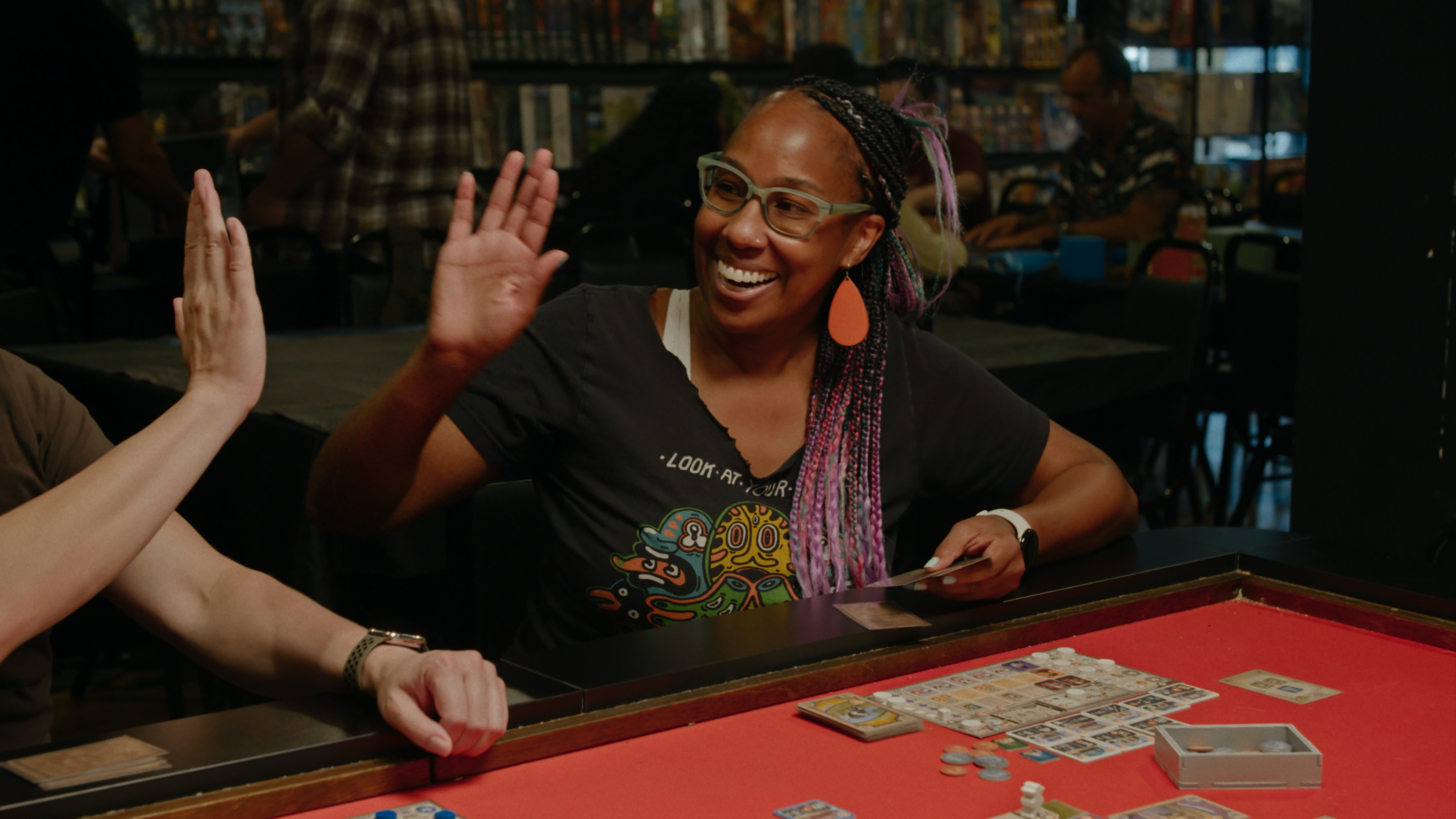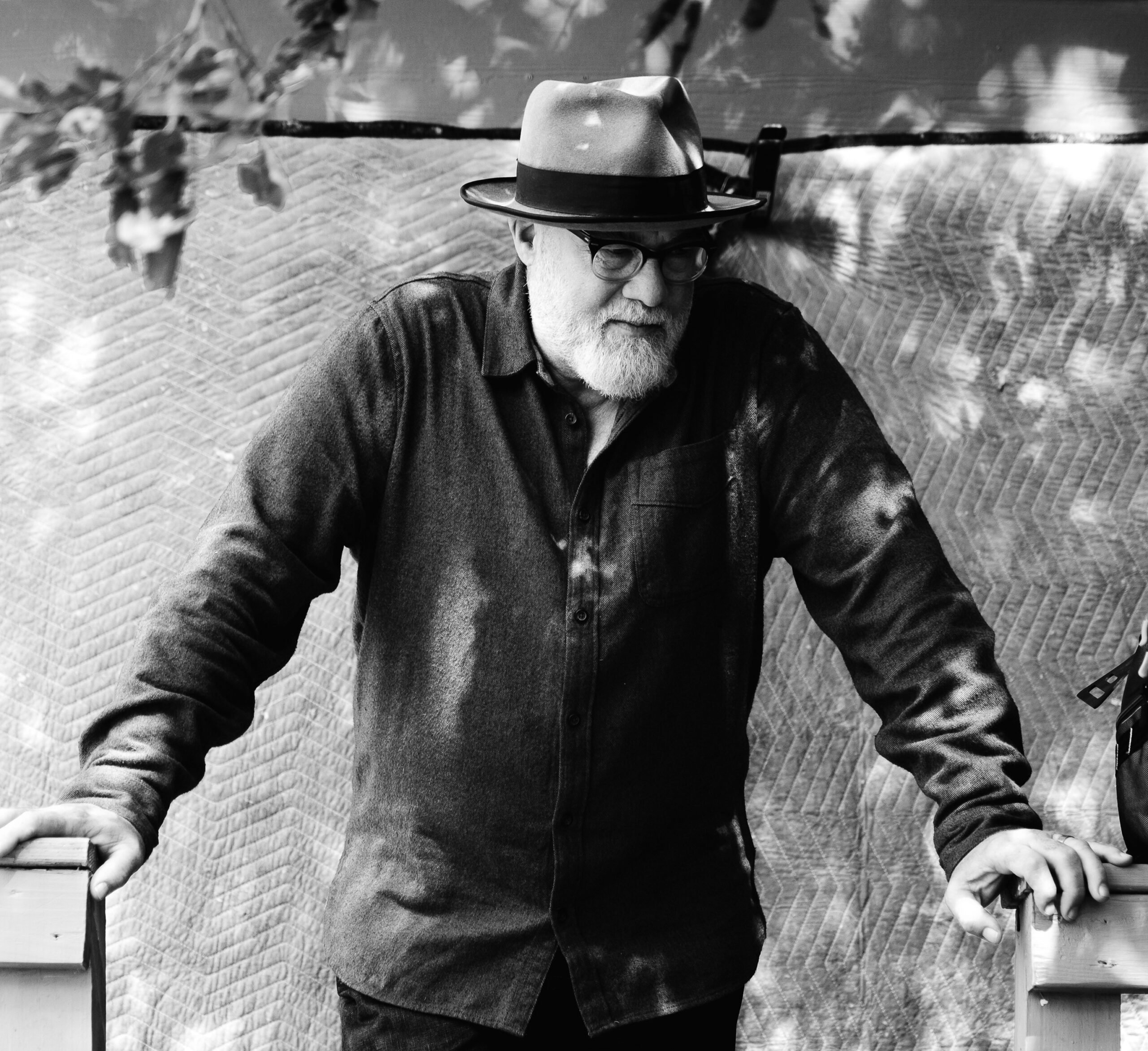
‘Alt-Right: Age of Rage’ Is a Thoughtful Ode to Anti-Fascism
At SXSW, a new documentary dissects the ideology of those who battle the alt-right with as much precision as it exposes the hate of Richard Spencer and his ilk.

It’s August 12, 2017. We’re in the immediate aftermath of the deadly far-right rally in Charlottesville. We see police lights, caution tape, smashed-up cars and Daryle Lamont Jenkins. A 49-year-old anti-fascist activist from Philadelphia, Jenkins sits on a concrete bench and starts predicting. “Everything falls apart from this day,” he says. “Everybody knows them now.” Cut to Richard Spencer, the golden boy of modern white supremacy, telling a crowd, as if in response: “It’s not going to be over. It’s never going to be over.”
That tension, between a little-known radical activist and a rapidly rising white nationalist, drives the documentary Alt-Right: Age of Rage, directed by indie filmmaker Adam Bhala Lough and premiering Friday at SXSW. Lough’s effort avoids two pitfalls common to coverage of the topic: sensationalizing the alt-right or creating a false equivalence with the far left. Instead, his film dissects the ideology of those who battle the alt-right with as much precision as it exposes the glossy hate of Spencer and his ilk.
So, who is Jenkins? For going on two decades, those in the white power scene have known this bulky, bespectacled black man, but he’s been otherwise largely obscure. A sleuth, a gadfly, a relentless recorder, Jenkins runs a website called One People’s Project, which he uses to out white supremacists who would rather remain anonymous. In a summation of his vision, Jenkins says in the film: “Truth is gonna do what truth does.”

As for Spencer, you unfortunately know who he is. He’s the “hail Trump” guy, the dapper Nazi, the University of Chicago grad raised in a rich Dallas suburb, the guy whose speaking event just sparked brawls at Michigan State University. Pretentious and media-hungry, Spencer aims to attract disaffected youth with his vision of a “white ethnostate” — something he claims could be achieved without genocide, though he’s murky on the details.
The film gives Spencer room to explain his theories, but also takes subtle jabs at him. Asked about Jenkins at one point, Spencer replies with a grin: “He’s pretty gross-looking. … I personally like to be around people who are good looking.” We then quickly see Spencer marching with a crew of fellow alt-righters — young men who won’t be body-doubling for Brad Pitt anytime soon.
Ever since the alt-right burst onto the scene in 2016, there’s been a debate about how journalists and activists should respond.
The film attempts to put the alt-right in a historical context. We see grainy black-and white-footage of thousands of Nazis gathered in Madison Square Garden in 1939. We listen to their ringleader, Fritz Kuhn: “You all have heard of me through the Jewish-controlled press as a creature with horns, a cloven hoof and a long tail,” he tells the crowd to big laughs. And on the topic of terrorism, the documentary digs back beyond the 2015 Charleston church shooting to remind us of Wade Michael Page, a white supremacist who murdered six Sikh worshippers in Wisconsin in 2012.
We delve into Spencer’s predecessor: Jared Taylor, founder of the journal American Renaissance and so-called godfather of the alt-right. Taylor is more old-school than Spencer: He loves dusty racial pseudoscience and talk of IQ points. Author of several books, he laments in the film that mainstream publishers won’t touch him anymore. Since 1994, Taylor has held regular American Renaissance conferences, and in one of the film’s most disturbing moments, he addresses his largest-ever crowd at the 2017 gathering. When he asks how many are attending for the first time, outstretched hands fill the screen.
But the historical thread isn’t tugged enough in the film. Which reference point truly fits our time? 1930s Germany? 1950s America? And just how worried should we be? The film’s fleeting flashes of historical context don’t answer those questions, nor even offer a compelling argument. What we get, instead, is a thesis on what to do now.
Ever since the alt-right burst onto the scene in 2016, there’s been a debate about how journalists and activists should respond. In the film, the Southern Poverty Law Center’s Mark Potok frames the question as “the policy of quarantine” versus “the policy of inoculation.” In other words, should you ignore them, or debunk their ideas? Potok says that in the 1950s, Jewish groups asked newspapers and television stations to simply ignore the nascent American Nazi Party. In the internet age, he argues, that won’t work. “It’s virtually impossible to suppress information, so what do you do?” Potok asks. “Keep your mouth shut and hope no one is listening? I think not.”
In the film’s strange but effective climax, a disembodied male voice suddenly comes on over an ominous score to raise the stakes of the debate even higher. Those who marched at Charlottesville, the voiceover argues, are actually harbingers of a global decision point: “There’s going to be ecological catastrophe, and it’s going to either require mass redistribution of the ill-gotten gains of the First World, or genocide. These are the first people who have basically said, ‘Well, if that’s the choice, I choose genocide.’” (While never introduced, the voice belongs to Matt Christman, luminary of the “dirtbag left” and co-host of the comedic podcast Chapo Trap House.)
From its initial choice to focus on Jenkins, we know the film is telling us that active resistance is the correct response to the alt-right. In the closing scene, Jenkins is asked how our divided nation might ever come together. Possessed of the belief that his side will win, he rejects the premise. “We’re not divided,” Jenkins says. “We’re frustrated. We want questions answered — but we’re not divided.”



